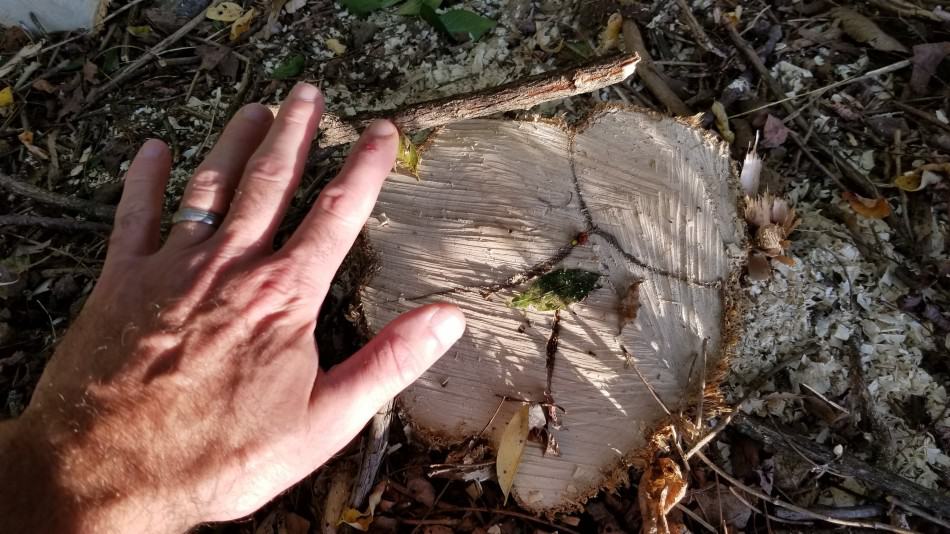Tree stumps in your garden or landscape can be unsightly and occupy valuable space.
While it might seem challenging, there are various effective methods on how to stop tree stumps from sprouting, which you can implement yourself.
This article explores diverse and practical approaches to address and resolve this common gardening issue.
Understanding Tree Sprouting Post-Cutting
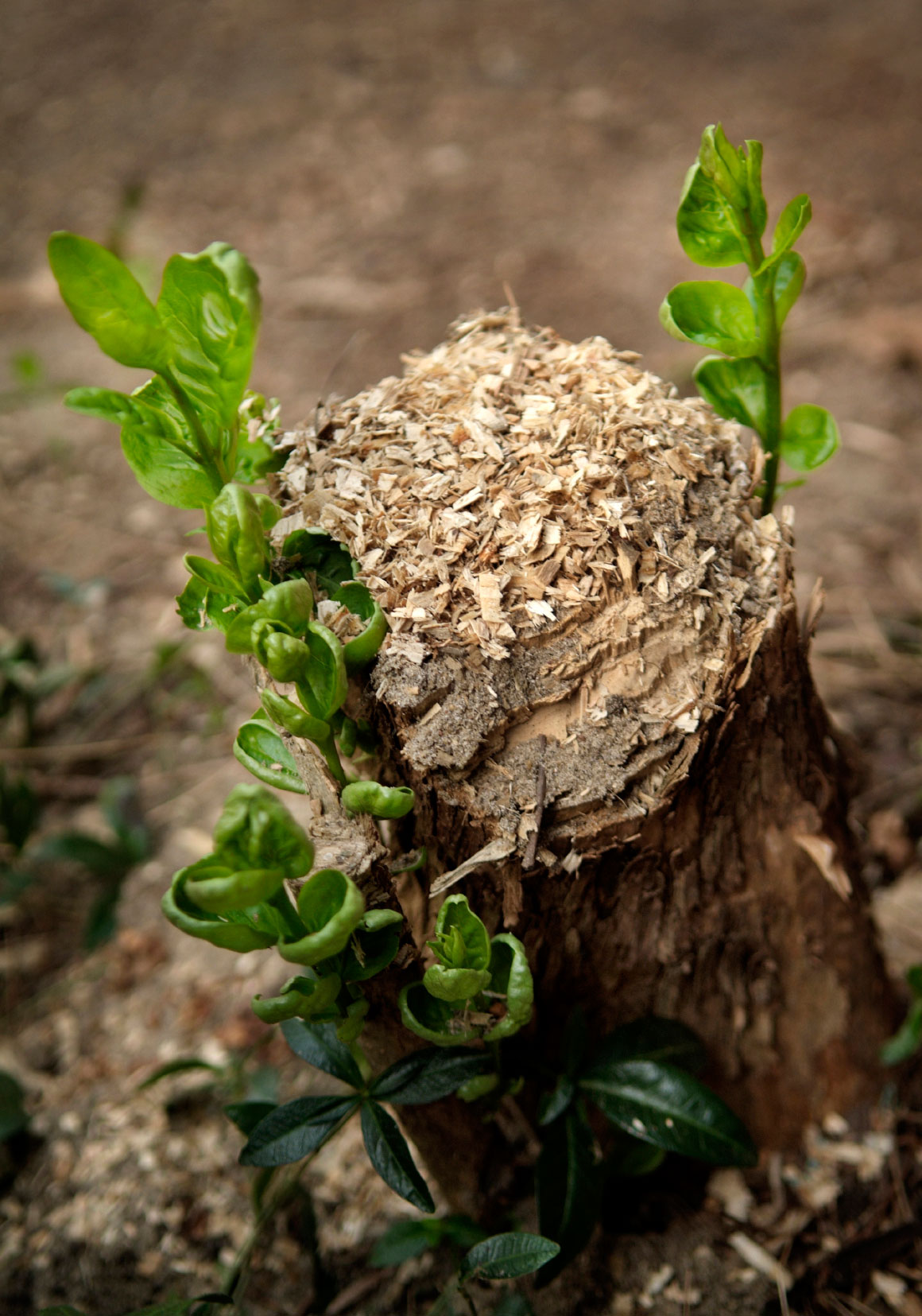
Why do some tree stumps sprout even after being cut down?
The key lies in the stored sugar and nutrients in their roots, which can trigger regrowth.
Species like Maples, Lindens, Red Oak, Willows, Beech, and Ash are particularly known for this.
This sprouting is a natural survival mechanism where the tree attempts to regenerate.
However, these sprouts can grow into new trees without a stable root system without intervention.
Understanding this process is crucial when learning how to stop tree stumps from sprouting in your garden.
DIY Approaches: How to Stop Tree Stumps from Sprouting
Embarking on a DIY journey to address tree stump issues in your garden?
Here, we delve into several straightforward and cost-effective methods.
These do-it-yourself techniques are designed to stop tree stump sprouting, saving time and effort efficiently.
1. Epsom Salt Method
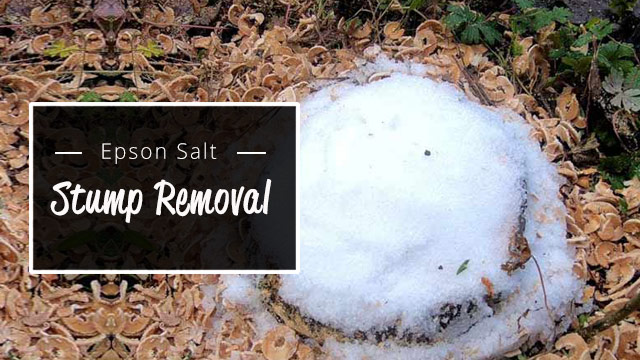
Consider Epsom salt for an environmentally friendly solution to stop tree stumps from sprouting.
This natural option, made of sulfur, calcium, and magnesium (magnesium sulfate), is ideal for those avoiding synthetic chemicals.
While effective, especially for smaller stumps, patience is required as it takes time and repeated applications.
Steps:
- Preparation: Drill one-inch diameter holes about eight inches deep into the stump, ensuring they are spaced apart.
- Application: Fill the holes and cover the stump with a generous layer of Epsom salt.
- Activation: Moisten the salt with water to help it dissolve and penetrate the stump.
- Protection: Cover the stump with plastic to prevent rain from washing the salt away.
- Repetition: Repeat weekly until the stump dries out and becomes brittle, allowing easy removal.
This method effectively hinders the stump’s ability to absorb water and nutrients, leading to its gradual decay.
Remember, it’s a slower process but user-friendly and less harsh on your garden’s ecosystem.
2. Burning Method
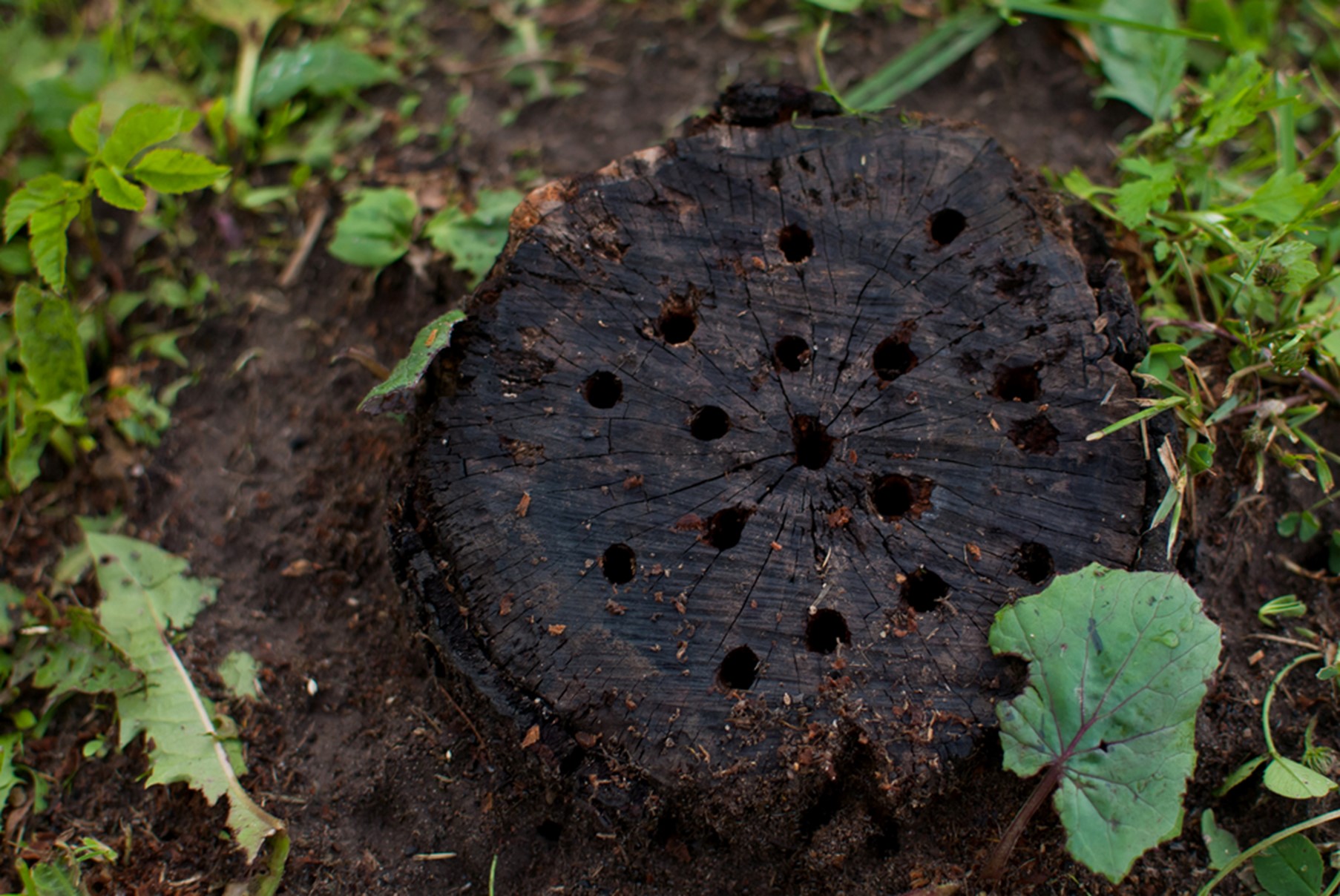
Burning is a more intensive approach to stop tree stumps from sprouting, requiring careful handling and adherence to local regulations.
Always check with local authorities to ensure burning is permitted in your area to avoid fines or legal issues.
Preparation Steps:
- Safety First: Ensure the area is clear of flammable materials and inform local authorities of your plan.
- Using a Saw or Drill: Create deep cuts in a grid pattern with a chainsaw, or drill intersecting holes using a one-inch bit for air circulation and deeper fire penetration.
- Soak with Flammable Liquid: Drench the stump in a safe flammable liquid like kerosene (avoid gasoline for safety reasons).
- Ignition: Light the stump using scrap wood or charcoal.
Remember, the goal is to allow the fire to penetrate deeply and burn the stump completely, including the roots. This might require several attempts.
Caution is paramount, as underground root systems could pose a fire hazard to nearby trees or structures.
3. Grinder Method
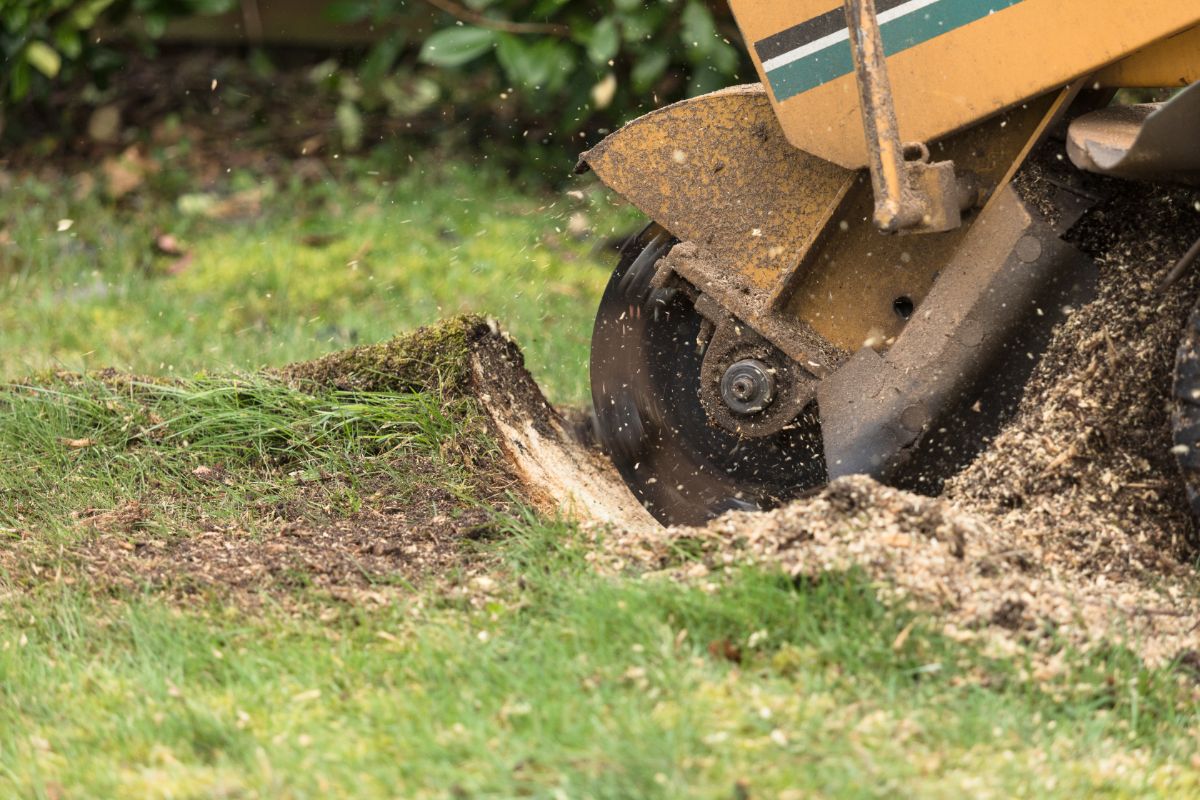
If you’re looking for a quick solution to stop tree stumps from sprouting, consider using a stump grinder.
This method is efficient but requires safety precautions and some familiarity with equipment.
Steps:
- Safety Gear: Equip yourself with safety glasses and hearing protection.
- Preparation: Cut the stump as close to the ground as possible using a chainsaw. This reduces the amount of stump to be ground.
- Grinding: Use the grinder to remove the stump and any visible roots methodically. Be prepared for wood chips and sawdust.
- Clean Up: After grinding, clear the area of debris and fill the hole with fresh soil to encourage new growth.
Grinding can be done personally or by hiring a professional. It’s a straightforward process but requires caution due to the machinery involved.
If you don’t own a grinder, rental options are available. Depending on stump size, this method can take 15 minutes to several hours.
4. Sunlight Deprivation Method
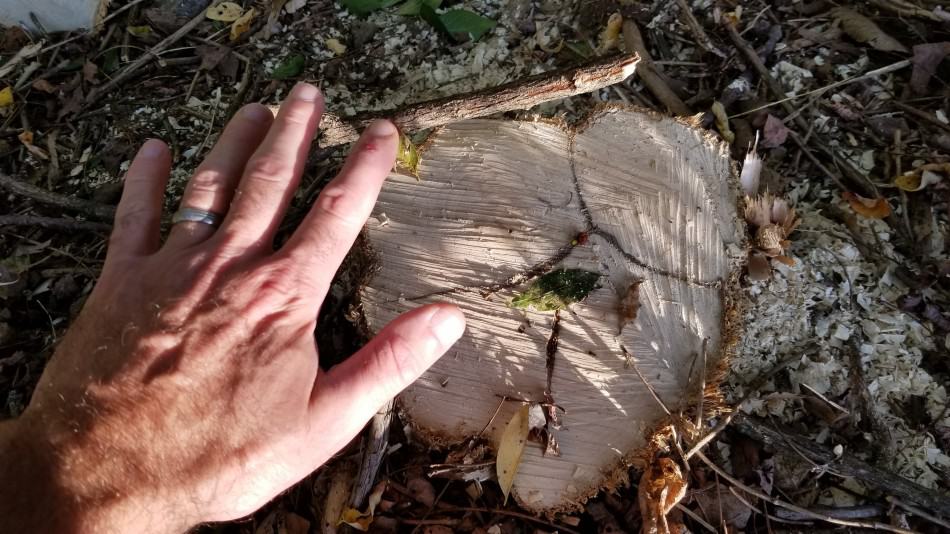
An economical and effortless way to understand how to stop tree stumps from sprouting is by simply blocking sunlight.
This method, while being the slowest, is free of cost.
Steps:
- Covering the Stump: Use a trash bag or dark tarp to cover the stump completely, cutting off sunlight and water access.
- Monitoring Progress: Periodically check the covered stump. It will take about 3-6 months to rot and disintegrate.
- Combining Methods: For quicker results, combine this with the Epsom salt method by drilling holes in the stump, filling them with salt, and then covering them.
- Additional Considerations: Look for saplings around the stump and remove them. For smaller stumps, a dark-colored bucket can be an effective cover.
This method is particularly useful if you’re looking for a low-effort approach.
The absence of sunlight will gradually starve the stump, leading to its natural decomposition.
However, patience is key, as this process is slower than other methods.
5. Chemical Method
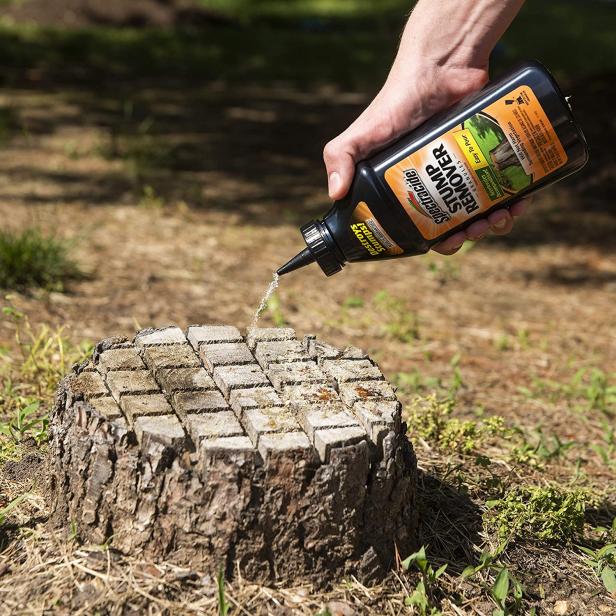
If you prefer a less labor-intensive approach how to stop tree stumps from sprouting, chemicals can be a viable option.
This method is relatively easy but requires patience, as the decomposition process can take several months to a year.
Steps:
- Choosing Chemicals: Opt for tree stump removers containing potassium nitrate, accelerating decay. For fresh stumps, use products with insecticides like triclopyr to target the roots.
- Application: Apply the chemical directly to the stump and surrounding soil. Ensure thorough soaking for effective penetration.
- Covering the Stump: Use a plastic tarp to cover the stump, maintaining moisture and aiding in decomposition. Adding organic mulch on top of the tarp can help retain additional moisture.
- Monitoring Decay: The stump will soften over time, making manual or axe removal possible. Repeat the process if necessary until the stump fully decomposes.
This method simplifies dealing with tree stumps, especially for those not inclined towards physical labor.
However, handling chemicals carefully, following safety instructions, and considering their environmental impact are important.
6. Manual Method
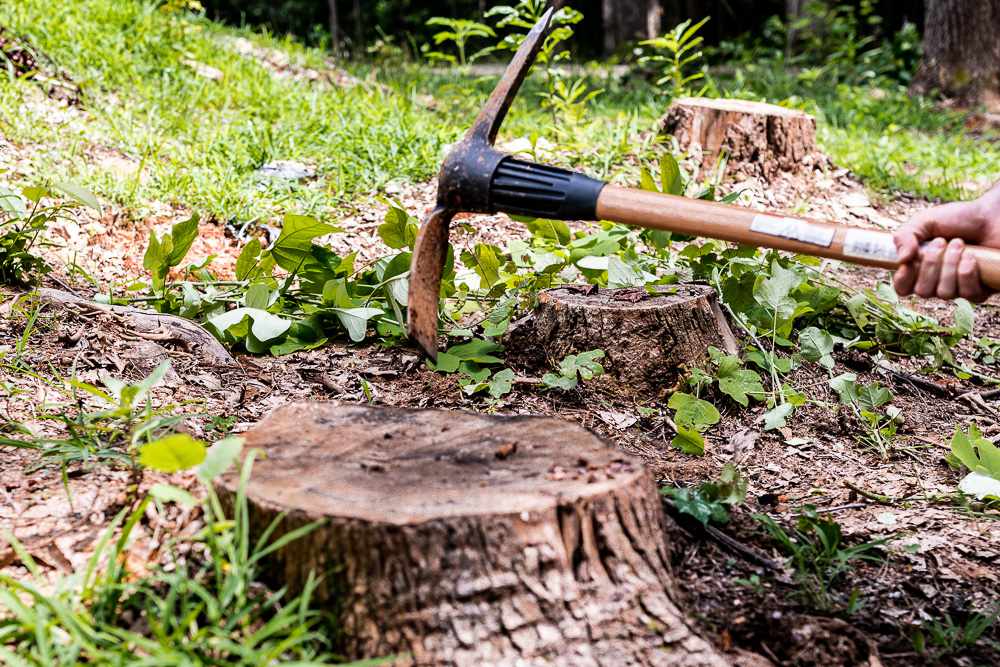
For small to medium-sized tree stumps, the manual method is a practical choice in learning how to stop tree stumps from sprouting.
This hands-on approach is labor-intensive but effective for complete removal.
Steps:
- Tools Needed: Equip yourself with a mattock (for digging and slicing), a sturdy spade, and a digging iron.
- Loosening Soil: Dig around the stump to loosen and remove soil, exposing the roots.
- Root Removal: As roots become visible, use the digging iron to access narrow spaces and the mattock to cut through stubborn roots.
- Targeting the Taproot: Work your way towards it and sever it using the mattock.
This manual method requires significant effort and patience but offers the satisfaction of a thorough job.
It’s especially suitable for smaller stumps where machinery might be excessive.
Prepare for some physical work, but the reward is a stump-free garden.
Summing It Up
In conclusion, effectively stopping tree stumps from sprouting in your garden involves choosing a method that aligns with your needs and resources.
From the natural, gradual approach of Epsom salt to the immediate action of grinding, each method offers its unique benefits.
Whether you prefer an eco-friendly solution, a fast-acting technique, or a hands-on manual removal, there’s an option for every gardener.
Patience and persistence are key in reclaiming your garden space for new growth and beauty.

